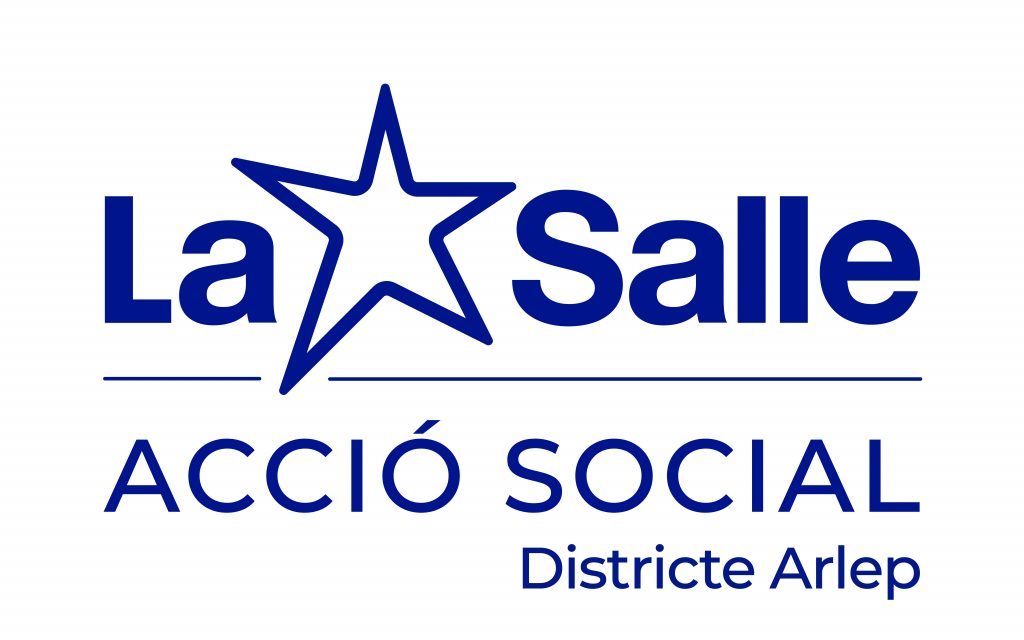Content
It may be used on all timeframes and markets, although it is more effective on higher time frames such as the daily chart. This strategy is suitable for both short-term and long-term traders, as the signals generated could be used for both swing trading and trend trading. In other words, K represents the current price in relation to the asset’s recent price range. The stochastic oscillator represents recent prices on a scale of 0 to 100, with 0 representing the lower limits of the recent time period and 100 representing the upper limit. A stochastic indicator reading above 80 indicates that the asset is trading near the top of its range, and a reading below 20 shows that it is near the bottom of its range.
- Chart 4 shows Crown Castle (CCI) with a breakout in July to start an uptrend.
- This signal is the first, and arguably the most important, trading signal Lane identified.
- During choppy market conditions, this can happen frequently.
- As we have seen, the stochastic oscillator is shown as two lines on the chart, the %K (the black line on the chart below) and the %D (the red dotted line below).
- His theory was based on the idea that market momentum will change direction much faster than volume or price increases.
- Traditionally, readings over 80 are considered in the overbought range, and readings under 20 are considered oversold.
In the case we trade forex, like the price chart above, the numbers can correspond to five signals of the https://www.bigshotrading.info/blog/5-ways-to-scan-for-swing-trading-opportunities/. A sell signal is formed when the main momentum indicator line crosses the signal line upside-down. If it happens in the overbought zone, it’s a signal of a short position. If it is in the oversold area, you should open a long trade to avoid losing money rapidly.
History of the Stochastic Indicator
The stochastic oscillator and relative strength index (RSI) is both momentum oscillators, which are used to generate overbought and oversold signals. A reading of 0 means that the latest closing price is equal to the lowest price of the price range over the chosen time period. The %K determines where the price closed in relation to a range (i.e. period) of candlesticks. For example, a reading above 80 implies that the current closing price is near the highest high of the range, which is in fact the highest price of the last 5 candlesticks.
What’s happening in the economic calendar, and what to expect from the markets? Other commonly used settings for Stochastic include 14, 3, 3, and 21, 5, 5. Stochastic is often referred to as Fast Stochastic with a setting of 5, 4, Slow Stochastic with a setting of 14, 3, and Full Stochastic with a setting of 14, 3, 3. The 2 lines are similar to the MACD lines in the sense that one line is faster than the other.
Stochastic Oscillator Explained Definition & Examples
The red line marks the lowest price of the previous three candles, which is 1,17948. Moving averages can be a great addition here and they act as filters for your signals. Always trade in the direction of your moving averages and if the price is above the moving average, only look for longs – and vice versa.
On the chart above where the lowest prices are, I marked the entry level with a green line. A combination of the stochastic indicator %К and its moving average, named D (from the word deviation), became the best option that can spot when the asset is overbought or oversold. Another popular trading strategy is the stochastic crossover, which occurs when the fast and slow stochastic lines intersect. The stochastic oscillator and the relative strength index (RSI) are both price momentum tools used to predict market trends. While often used in tandem, there are notable differences between the two indicators.
How Do You Calculate the Stochastic Oscillator?
You must choose first, how much noise of data you’re ready to accept for your trading method. The more knowledge you have with the indicator, it will enhance your sustaining of probable signals. Some professional Stochastic Oscillator day traders choose the low setting like 5,3,3. Some choose a high setting like 21,7,7 for long-term trading. Because a highly smoothed outcome only responds to the key changes in the price action.



